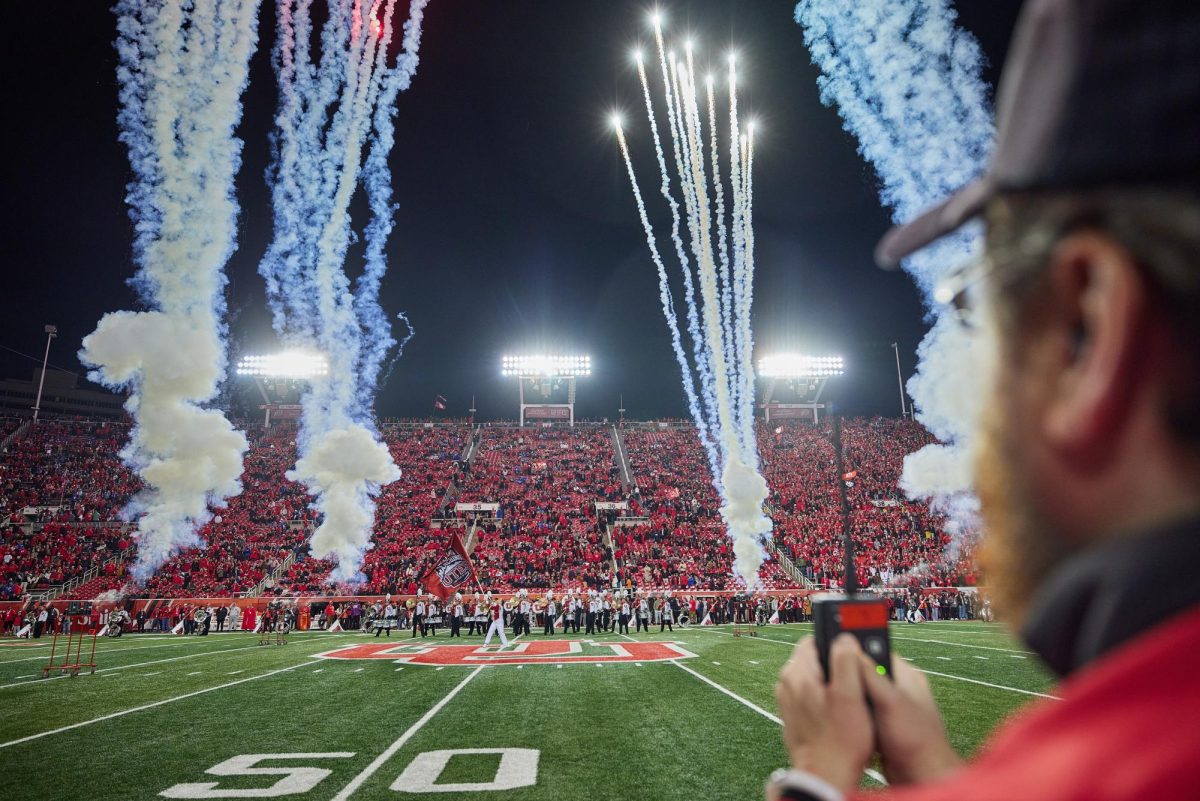This article originally appeared in the Health and Medicine print issue, in stands January 2025. It has not been updated and some information may be out of date.
At least nine National Football League (NFL) players have died from football-related injuries. A Harvard University study reports about a third of former NFL players believed they suffered chronic traumatic encephalopathy (CTE), which causes the death of brain nerve cells.
Those who believed they suffered from CTE were twice as likely to report repeated thoughts of suicide and self-harm. These statistics should be increasingly alarming to college players who dream of playing professionally.
Although the NFL’s 2024 preseason boasted the lowest record of reported concussions, it still faces valid backlash amidst its concussion settlement to compensate former NFL players and families for football injuries.
The NFL continues to fail delivering promised care and funds to former NFL players suffering from CTE. The NFL also fails to accurately diagnose CTE and dementia, leaving suffering former players with no help.
Neurological injuries constitute only one of many possible football-related injuries. The span of negative impacts on a player’s body is excessive.
The benefits of playing football do not outweigh the value of a player’s mental and physical health. While the NFL is a sea of unserious actions and empty promises, college football could be a life raft.
The Individual vs. The Team
The U.S. is largely an individually-focused nation.
Football shares a similar notion, where players have different roles and strategies they must enforce.
However, all parts of the machine are needed for successful plays, highlighting a greater value of American society, cohesion.
Cohesion is a staple of a successful team.
However, cohesion leads to the dangerous waters of groupthink, a psychological phenomenon where groups could value harmony or shared goals over critical thought.
Groupthink comes from the dependence of these individuals relying on their group to determine what is the right decision.
Neuropsychologist Mark D. Allen said, “Groupthink is not even implicit. It’s explicit. You have that military mentality that you do anything for your brothers on the field. Groupthink is very high.”
BYU tight end Ryner Swanson, in advice to future players, said, “Do exactly as your coaches say. It’s always best to be obedient, not do your own thing. You’re the student and you don’t know as much as the teacher.”
While Swanson is correct that coaches have extensive knowledge of the game, it’s a dangerous notion to submit your health to trainers and coaches.
Pain is personal.
A direct concern is the difficulty for a player to determine and voice what is best for themselves long term, specifically in injury-related instances.
This is especially detrimental when the NFL has extensive formal rules and informal norms, such as “play through the pain.”
Within the contexts of the NCAA, a similar situation is sadly prevalent.
On the College Field
In 2017, 91% of college-level athletes reported being injured at least once. Even in 2024, hundreds of athletes were injured.
On this side of the valley, the U’s extensive list of injuries should raise questions as to why players continue even with severe injuries.
“They’ve seen others do it and go before them,” Allen said. “They watch the professionals play through injuries, so they don’t want to be the one who doesn’t have that ‘toughness.'”
Although college players look to past generations and professionals, they must understand that the formal institution’s treatments towards injuries, like concussions, aren’t legitimate.
Rather than look to professional athletes regarding manly toughness, college players should seek to create healthy patterns and expectations for individuals advocating for health.
While cohesion is an incredible tool toward a shared goal, it can leave players blinded by facets of responsibility. While injuries are a natural part of the NCAA’s competitive nature, the issue is allowing players to focus on their individual limits and health longevity.
Navigating Safer Practices
“People don’t understand that football … is almost more mentally challenging,” Swanson said. “It gets to a point where you just can’t take that hit over and over again.”
A return to the individual is imperative for influential and legitimate progress towards a healthy football field. Players bypassing groupthink behaviors is a key element in preventing life-changing injuries.
Bypassing groupthink would create young players who are advocates for safety and cohesion. It would ground the sport in the well-being of real people rather than monetary gain. This is not an issue that can be resolved by allocating the Utes’ millions of dollars of revenue differently. Instead, individual motivation and using positive cohesion constitutes a more protected, healthy population of college players.




B • Apr 14, 2025 at 5:31 pm
Well, the Utah Chronicle should know about groupthink since they haven’t had an original non groupthink editorial or opinion in at least 40+ years. Their articles and opinions are completely predictable.